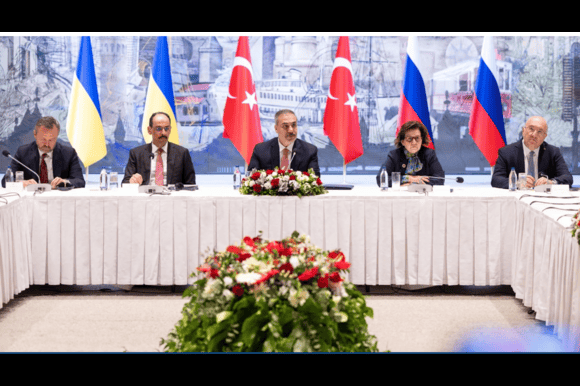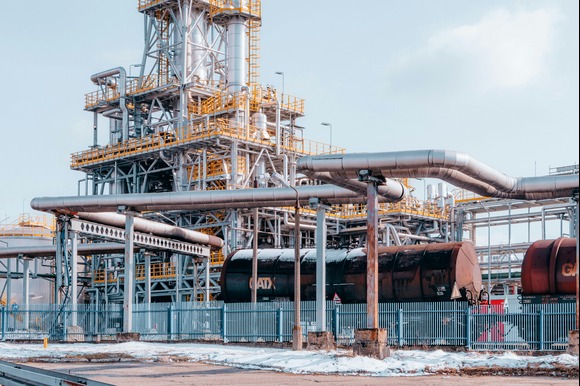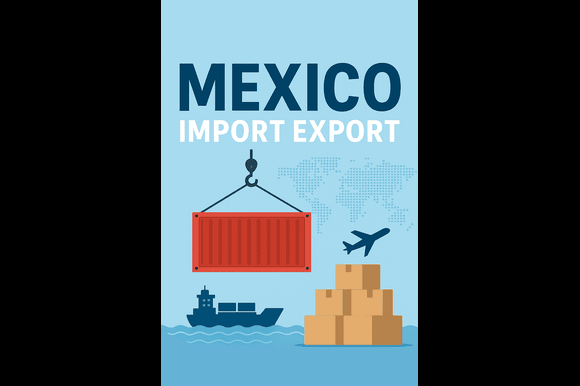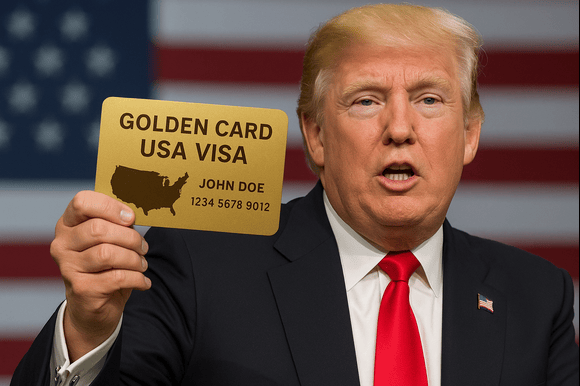
More than three years into the most devastating conflict in Europe since World War II, a modest diplomatic breakthrough emerged on Friday as representatives from Ukraine and Russia sat down for direct talks for the first time since March 2022. The meeting took place in Istanbul, at a historic Ottoman-era palace nestled along the Bosphorus Strait.
The rare encounter, facilitated by both Turkey and the United States, brought the opposing delegations face-to-face in a formal setting. Although the atmosphere remained tense—absent of handshakes and marked by a visibly militarized Ukrainian delegation, some of whom wore camouflage uniforms—the gathering marked a symbolic step toward dialogue in a war that has left cities in ruins and countless lives shattered.
The ornate room where the talks occurred was adorned with flags from Ukraine, Russia, and Turkey—two of each—alongside a large floral arrangement, starkly contrasting the destruction playing out in Ukraine. Opening the session, Turkish Foreign Minister Hakan Fidan addressed both delegations, warning that they stood at a crossroads: one path leading toward peace, the other toward further bloodshed and devastation.
Despite lasting less than two hours, the talks quickly laid bare the continuing divisions between the two sides. According to a Ukrainian official, Russia presented “new and unacceptable” conditions—including a demand that Ukrainian forces withdraw from vast areas of their own sovereign territory in exchange for a ceasefire. The demand was swiftly rejected by Kyiv.
As anticipated, there was no agreement on a truce or cessation of hostilities. However, a significant and concrete outcome did emerge: both countries agreed to a large-scale prisoner swap, with 1,000 prisoners of war to be returned to each side.
Ukrainian Deputy Foreign Minister Serhiy Kyslytsya described the exchange as “a very good end to a very difficult day,” and emphasized its emotional significance, calling it “potentially excellent news for 1,000 Ukrainian families.”
Ukraine’s Defence Minister Rustem Umerov, who led his country’s delegation, confirmed that the exchange is imminent. “We know the date,” he said, “though we are not making it public yet.”
Umerov also proposed the next logical move in the peace process: a meeting between Ukrainian President Volodymyr Zelensky and Russian President Vladimir Putin. This suggestion was acknowledged, though not confirmed, by Russia’s lead negotiator Vladimir Medinsky, who serves as an aide to President Putin.
Medinsky expressed satisfaction with the day’s discussions and signaled Russia’s openness to continuing diplomatic engagement—marking a notable shift in tone from the previous day, when Russia’s Foreign Ministry publicly mocked President Zelensky, calling him “a clown and a loser.”
Despite this tentative step toward diplomacy, skepticism lingers among Ukrainian officials and their Western allies. Many fear that Russia’s renewed interest in talks may be little more than a strategic maneuver to delay mounting international pressure and to stall the European Union’s upcoming 18th round of sanctions, which EU leaders have said are already being prepared.
Meanwhile, former U.S. President Donald Trump injected himself into the narrative on Thursday, stating that no meaningful progress would occur until he personally met with Vladimir Putin. Speaking aboard Air Force One, Trump declared, “Nothing’s going to happen until Putin and I get together.”
A specific date or framework for such a meeting remains unknown. Kremlin spokesperson Dmitry Peskov acknowledged that high-level talks are “certainly needed,” but noted that arranging such a summit would require considerable preparation.
However, should such a meeting materialize, it appears increasingly unlikely that President Zelensky would be included—an exclusion that underscores the geopolitical complexities and shifting dynamics surrounding efforts to resolve the conflict.




